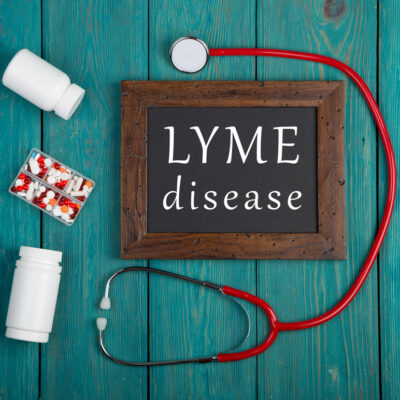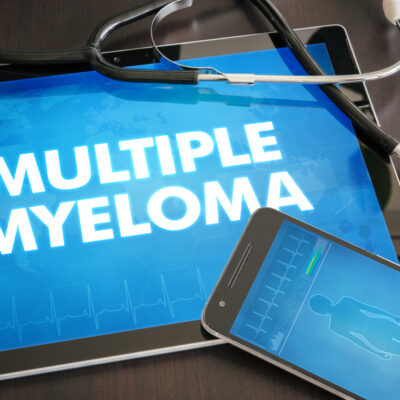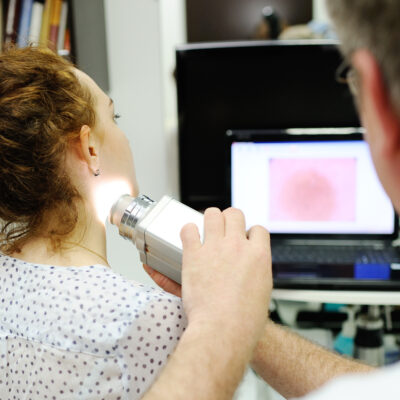
General Health
All you need to know about hypoglycemia
The human metabolic system plays a significant role in converting the food we consume into a form that is usable by the body. One such metabolic conversion is the breaking down of carbohydrates into glucose. This glucose flows through the bloodstream, giving us energy, and also aids in the working of every cell. The body produces insulin for the proper absorption and utilization of blood glucose, and when the pancreas produces less than adequate insulin or stops producing insulin entirely, the condition is known as diabetes. Depending on whether it is type 1 diabetes, type 2 diabetes, or insulin resistant diabetes, insulin needs to be administered exogenously. However, it is not always possible to perfectly match the body’s need for insulin with the dosage, owing to the variable nature of one’s daily activities. As a result, diabetics commonly experience bouts of hyperglycemia or high blood glucose, or hypoglycemia or low blood sugar, where blood sugar is less than 70 milligrams per microliter. Why is hypoglycemia dangerous? Hypoglycemia must be identified and treated immediately. Otherwise, the dropping levels of blood glucose can cause a person to faint or even go into a diabetic coma in extreme cases. The low blood sugar levels trigger the release of adrenaline into the bloodstream, which, in turn, leads to the common symptoms of hypoglycemia, like hunger pangs, shaking of the body, dizziness, and so on.
Read More 















